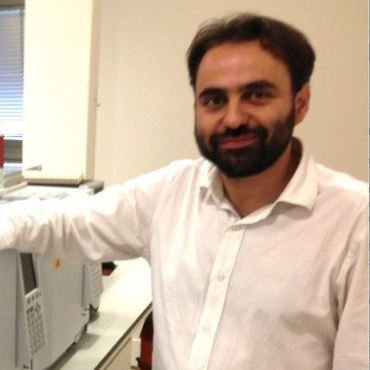Selected papers of the 2nd International Research Conference on Sustainable Energy, Engineering, Materials and Environment
A special issue of Recycling (ISSN 2313-4321).
Deadline for manuscript submissions: closed (30 September 2018) | Viewed by 7570
Special Issue Editor
Interests: site remediation; soil pollution; brownfields; nanoremediation; bioremediation; environmental geochemistry; heavy metals and metalloids; hydrocarbons
Special Issues, Collections and Topics in MDPI journals
Special Issue Information
Dear Colleagues,
As guest editor, I would like to welcome you to the Special Issue the journal Recycling will publish, with selected papers of the 2nd International Research Conference on Sustainable Energy, Engineering, Materials and Environment (www.ircseeme.com). This special issue will include only papers presented at the mentioned conference, that will be held at the Polytechnic School of Mieres (University of Oviedo, Spain), from the 25th to the 27th July 2018.
We welcome papers related to any of the topics included in the subject areas of the journal, but not limited to it.
Waste is one of the biggest problems in our world today. Not only it costs a large amount of money, but we also spend a lot of energy and natural resources to transport and process any products once we’re done with them. We are producing a big quantity of waste in the world nowadays, releasing more methane gas to the environment (contributing to climate change), as well as toxic sludge that can kill animals and plants and contaminate the water we drink.
Waste pollutes our planet, contributes to climate change, and makes us spend each time more money, energy, and natural resources.
The Special Issue of the 2nd International Research Conference on Sustainable Energy, Engineering, Materials and Environment, will document current and innovative research and solutions that contribute for the reduction of waste in our planet. Experts from academia and industry, designers, architects, engineers, scientists, and other are invited to share their expertise, theoretical and applied knowledge related to waste reduction.
Best regards,
Dr. Jose Luis Rodríguez GallegoGuest Editor
Manuscript Submission Information
Manuscripts should be submitted online at www.mdpi.com by registering and logging in to this website. Once you are registered, click here to go to the submission form. Manuscripts can be submitted until the deadline. All submissions that pass pre-check are peer-reviewed. Accepted papers will be published continuously in the journal (as soon as accepted) and will be listed together on the special issue website. Research articles, review articles as well as short communications are invited. For planned papers, a title and short abstract (about 100 words) can be sent to the Editorial Office for announcement on this website.
Submitted manuscripts should not have been published previously, nor be under consideration for publication elsewhere (except conference proceedings papers). All manuscripts are thoroughly refereed through a single-blind peer-review process. A guide for authors and other relevant information for submission of manuscripts is available on the Instructions for Authors page. Recycling is an international peer-reviewed open access semimonthly journal published by MDPI.
Please visit the Instructions for Authors page before submitting a manuscript. The Article Processing Charge (APC) for publication in this open access journal is 1800 CHF (Swiss Francs). Submitted papers should be well formatted and use good English. Authors may use MDPI's English editing service prior to publication or during author revisions.
Keywords
- soil pollution
- site remediation
- construction and demolition waste
- toxic waste





